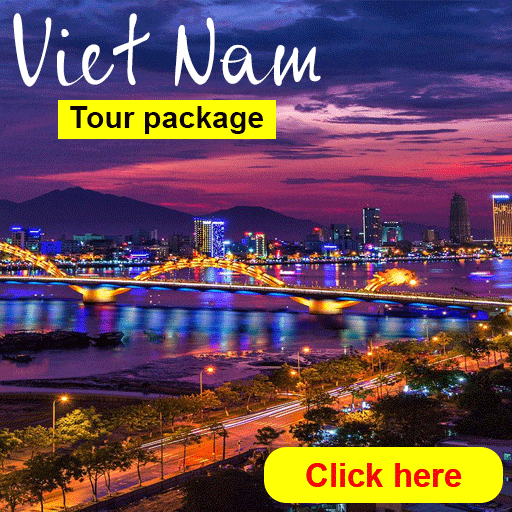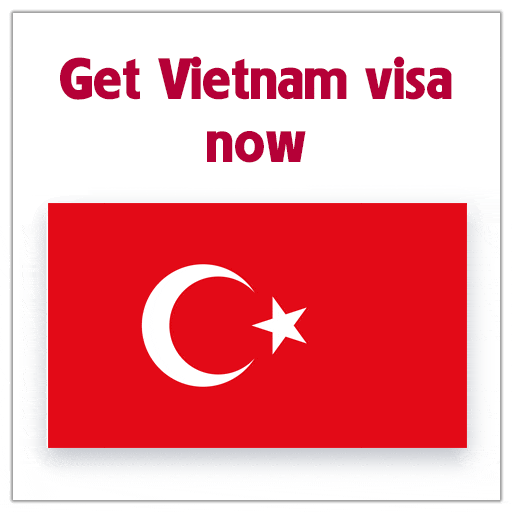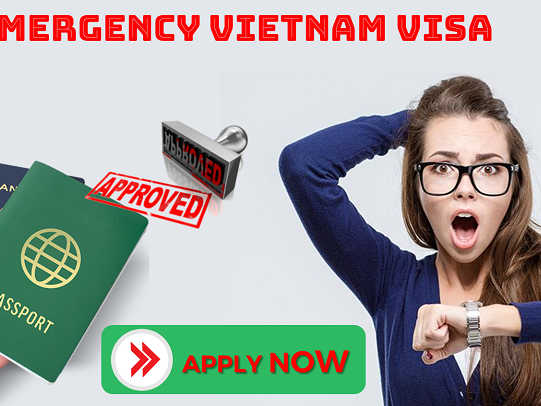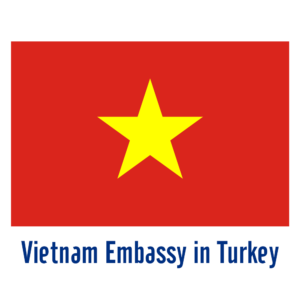Vietnam, a land of dramatic landscapes, vibrant culture, and delicious cuisine, attracts travelers from all corners of the globe. Understanding the best time to visit Vietnam, along with visa requirements and travel conditions, is crucial for a smooth and unforgettable experience. In this article, we’ll delve into the intricacies of Vietnam’s climate, visa regulations, and essential travel tips to help you plan your trip.
Planning Your Vietnam Trip: The Best Time to Visit

Planning a trip to Vietnam involves more than just choosing your destinations; it requires a deep understanding of the country’s climate, visa requirements, and potential travel conditions. The diverse geography of Vietnam means that the climate varies significantly from north to south, making it essential to research the best times to visit different regions.
Understanding Regional Climate Variations
Vietnam’s climate is complex and varied due to its long, narrow shape and diverse topography. The north, central, and southern regions each have their own unique weather patterns. For instance, Northern Vietnam experiences four distinct seasons, while Central Vietnam has a distinct dry and wet season, and Southern Vietnam has two main seasons: dry and wet.
The regional variations in climate significantly impact the best time to visit Vietnam. For example, if you’re planning to visit Hanoi in the north, the best time would be during the autumn season (September-November), when the temperatures are mild and the humidity is low. On the other hand, if you’re heading to Ho Chi Minh City in the south, the dry season (November-April) is ideal.
Considering the Impact of Weather on Travel Plans
Weather conditions can significantly impact your travel plans in Vietnam. Heavy rainfall, typhoons, and flooding can disrupt transportation and outdoor activities. Understanding the weather patterns in different regions can help you plan your itinerary accordingly.
For instance, if you’re planning to visit Ha Long Bay, it’s best to avoid the winter months (December-February) when the weather can be quite chilly and foggy. Similarly, if you’re heading to Central Vietnam, it’s best to avoid the wet season (August-January) when heavy rainfall and typhoons are common.
Tips for Planning Your Trip According to the Weather
To make the most of your trip to Vietnam, it’s essential to plan according to the weather. Research the climate of the regions you plan to visit and pack accordingly. Consider visiting during the shoulder season when the weather is pleasant, and the crowds are smaller.
Understanding Vietnam’s Climate: Regional Variations and Seasonal Impacts

Vietnam’s climate is complex and varied, with significant regional variations. Understanding these variations is crucial for planning your trip and making the most of your time in Vietnam.
Climate Patterns in Northern Vietnam
Northern Vietnam experiences four distinct seasons: spring, summer, autumn, and winter. The spring season (March-May) is a pleasant time to visit, with moderate temperatures and lower humidity. The autumn season (September-November) is considered the best time to visit, with cool temperatures and clear skies.
The summer months (June-August) can be hot and humid, with heavy rainfall, while the winter months (December-February) can be cool and chilly, especially in the mountainous regions.
Climate Patterns in Central Vietnam
Central Vietnam has a distinct dry and wet season. The dry season (February-July) is characterized by hot and dry weather, while the wet season (August-January) brings heavy rainfall and potential flooding.
The dry season is ideal for beach holidays and outdoor activities, while the wet season can be challenging due to the heavy rainfall and typhoons.
Climate Patterns in Southern Vietnam
Southern Vietnam has two main seasons: dry and wet. The dry season (November-April) is warm and dry, with clear skies and plenty of sunshine. The wet season (May-October) is characterized by heavy rainfall, particularly in the afternoon.
The dry season is the peak tourist season, with comfortable temperatures and plenty of sunshine. The wet season can be challenging due to the heavy rainfall and potential flooding.
Peak Season in Vietnam: Pros, Cons, and Considerations

The peak season in Vietnam is a popular time for tourists, with comfortable temperatures and plenty of sunshine. However, it’s essential to consider the pros and cons of visiting during this time.
Pros of Visiting During Peak Season
The peak season in Vietnam offers many advantages, including comfortable temperatures, plenty of sunshine, and a wide range of tourist activities. The dry season in Southern Vietnam and the autumn season in Northern Vietnam make it an ideal time to explore the country.
The peak season is also a great time to experience Vietnam’s vibrant culture, with many festivals and events taking place during this time.
Cons of Visiting During Peak Season
The peak season in Vietnam can be challenging due to the large crowds and higher prices. Popular destinations can be crowded, and accommodation prices tend to be higher.
It’s essential to plan ahead and book your accommodations and tourist activities in advance to avoid the crowds and higher prices.
Considerations for Visiting During Peak Season
To make the most of your visit during peak season, it’s essential to plan ahead and be prepared for the crowds. Consider visiting less popular destinations, and be flexible with your travel plans.
Shoulder Season Travel in Vietnam: Finding the Sweet Spot
The shoulder season in Vietnam is a great time to visit, with pleasant weather and smaller crowds. It’s an ideal time to explore the country without the chaos of the peak season.
Benefits of Visiting During the Shoulder Season
The shoulder season in Vietnam offers many benefits, including pleasant weather, smaller crowds, and lower prices. It’s an ideal time to explore the country’s natural beauty, culture, and cuisine.
The shoulder season is also a great time to experience Vietnam’s local culture, with many festivals and events taking place during this time.
Tips for Visiting During the Shoulder Season
To make the most of your visit during the shoulder season, it’s essential to be flexible with your travel plans. Consider visiting less popular destinations, and be prepared for occasional rainfall.
Planning Your Itinerary During the Shoulder Season
The shoulder season is an ideal time to explore Vietnam’s natural beauty, culture, and cuisine. Consider visiting popular destinations during the early morning or late afternoon to avoid the crowds.
Off-Season Adventures in Vietnam: Unique Experiences and Potential Challenges
The off-season in Vietnam can be a great time to visit, with unique experiences and potential challenges. It’s an ideal time to explore the country’s natural beauty, culture, and cuisine without the crowds.
Benefits of Visiting During the Off-Season
The off-season in Vietnam offers many benefits, including lower prices, smaller crowds, and a more authentic experience. It’s an ideal time to explore the country’s local culture, with many festivals and events taking place during this time.
The off-season is also a great time to experience Vietnam’s natural beauty, with lush landscapes and fewer tourists.
Challenges of Visiting During the Off-Season
The off-season in Vietnam can be challenging due to the heavy rainfall, flooding, and potential disruptions to transportation. It’s essential to be prepared for the weather conditions and plan accordingly.
Tips for Visiting During the Off-Season
To make the most of your visit during the off-season, it’s essential to be flexible with your travel plans. Consider visiting less popular destinations, and be prepared for occasional disruptions to transportation.
Navigating Vietnam Visas: Requirements and Application Processes
Understanding visa requirements is crucial for planning your trip to Vietnam. The rules and regulations can vary depending on your nationality and the purpose of your visit.
Visa Exemption for Vietnam
Citizens of certain countries are eligible for visa-free entry to Vietnam for a limited period. It’s essential to check the eligibility criteria and the duration of stay allowed.
Visa Application Processes for Vietnam
The visa application process for Vietnam can vary depending on your nationality and the purpose of your visit. It’s essential to research the requirements and apply in advance to avoid any delays.
The application process typically involves submitting your passport, visa application form, and supporting documents to the Vietnamese embassy or consulate.
Tips for Navigating Vietnam Visas
To make the most of your visa application, it’s essential to research the requirements and apply in advance. Consider using a visa service agency to simplify the process.
Visa-Free Entry to Vietnam: Eligibility and Conditions
Visa-free entry to Vietnam is available for citizens of certain countries. Understanding the eligibility criteria and conditions is crucial for planning your trip.
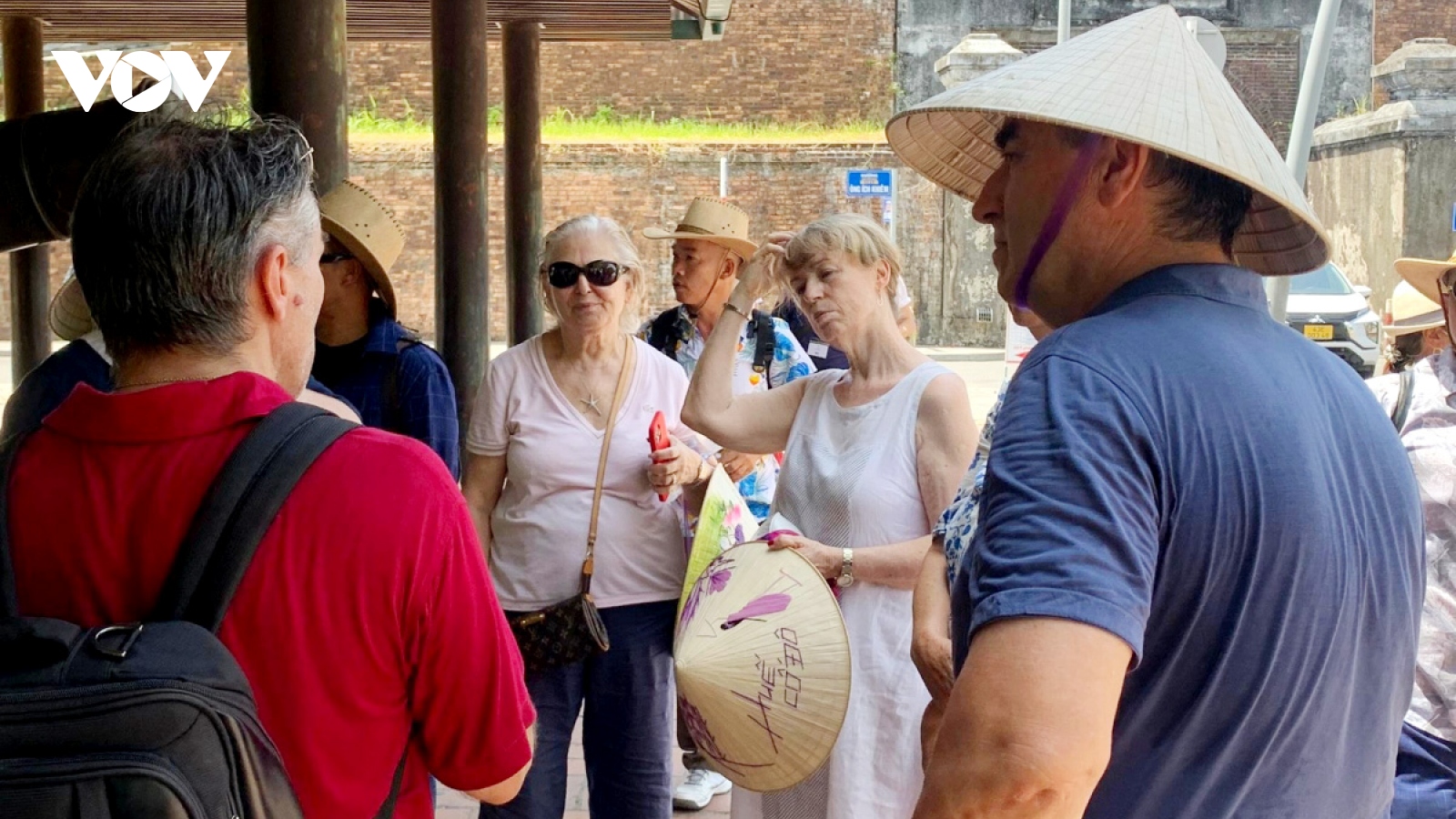
Eligibility Criteria for Visa-Free Entry
Citizens of certain countries are eligible for visa-free entry to Vietnam for a limited period. It’s essential to check the eligibility criteria and the duration of stay allowed.
Conditions for Visa-Free Entry
The conditions for visa-free entry to Vietnam vary depending on your nationality and the purpose of your visit. It’s essential to research the requirements and ensure you meet the conditions.
Tips for Visa-Free Entry
To make the most of your visa-free entry, it’s essential to research the requirements and ensure you meet the conditions. Consider registering with the local authorities to avoid any issues during your stay.
Essential Travel Conditions for Vietnam: Health, Safety, and Practical Tips
Understanding the essential travel conditions for Vietnam is crucial for a safe and enjoyable trip. It’s essential to research the health and safety requirements, as well as practical tips for traveling in Vietnam.
Health Requirements for Vietnam
Vietnam has specific health requirements, including vaccinations and medications. It’s essential to research the requirements and consult with your doctor before traveling.
Safety Tips for Vietnam
Vietnam is generally a safe country, but it’s essential to take necessary precautions to ensure your safety. Consider registering with the local authorities, and be aware of your surroundings.
Practical Tips for Traveling in Vietnam
Traveling in Vietnam can be challenging due to the language barrier, traffic, and cultural differences. It’s essential to research the local customs, learn some basic Vietnamese phrases, and be prepared for the challenges.
Conclusion
Planning a trip to Vietnam requires a deep understanding of the country’s climate, visa requirements, and travel conditions. By researching the best time to visit, understanding visa regulations, and being prepared for the challenges, you can have a safe and enjoyable trip to Vietnam. Whether you’re visiting during the peak season, shoulder season, or off-season, Vietnam has something to offer, from its natural beauty and culture to its cuisine and hospitality


